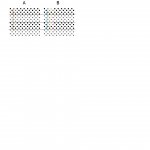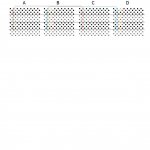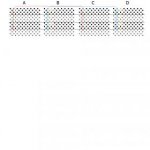MauriceH
Experienced Member
I can not find this file ZRQCF0 in any of the on line FTP sites.
XXDP25, XXDP22,several other files containing xxdp etc.
Those only have the ZRQFC0 file and that does not test the RD31 (st225)
Only RD51-52-53-54
The ZRQCF0 does include the RD31 attached at the RQDX3 card.
ZRQCF0 is mentioned in the
PDP11_DiagnosticHandbook_1988.pdf
2e
Also Format with ZRQCH0 I assume also does not Format the RD31 (st225)
After an error report it is set to type RD51, so Think CH0 does also not have
the 31.
Does anybody know what file XXDP ZRQ??? does format the RD31 on RQDX3 card?
Thanks
Maurice
XXDP25, XXDP22,several other files containing xxdp etc.
Those only have the ZRQFC0 file and that does not test the RD31 (st225)
Only RD51-52-53-54
The ZRQCF0 does include the RD31 attached at the RQDX3 card.
ZRQCF0 is mentioned in the
PDP11_DiagnosticHandbook_1988.pdf
2e
Also Format with ZRQCH0 I assume also does not Format the RD31 (st225)
After an error report it is set to type RD51, so Think CH0 does also not have
the 31.
Does anybody know what file XXDP ZRQ??? does format the RD31 on RQDX3 card?
Thanks
Maurice




